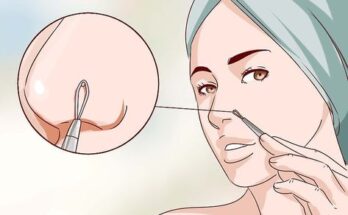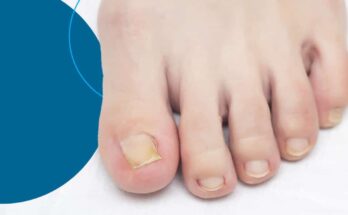A dental abscess cyst is a serious oral health condition that can cause significant discomfort and potential long-term damage if not treated properly. These cysts, often a result of untreated infections, can form around the tooth or in the jawbone. Understanding the causes, symptoms, and treatment options for dental abscess cysts is crucial for maintaining good oral health.
What is a Dental Abscess Cyst?
A dental abscess cyst refers to a pocket of pus that forms within the tissues surrounding the tooth. This pus accumulates as a result of bacterial infection, which often occurs when tooth decay, gum disease, or trauma allows bacteria to enter deeper layers of the tooth or surrounding tissues. Over time, the infection can lead to the formation of a cyst—a sac filled with fluid or semi-solid material.
There are two primary types of abscesses in dentistry:
- Periapical abscess: This type occurs at the tip of the tooth’s root, usually caused by untreated cavities or an injury.
- Periodontal abscess: This develops in the gums or around the tooth, often due to gum disease (periodontitis).
When these abscesses don’t heal on their own or are left untreated, they can lead to the development of a cyst.
Common Causes of Dental Abscess Cysts
- Untreated Cavities: Decay left unchecked can extend deeper into the tooth, leading to an abscess.
- Gum Disease: Infection in the gums, especially if it’s not addressed, can spread to the bone or teeth, forming an abscess.
- Trauma to Teeth: Physical injury or cracks in the tooth can create an entry point for bacteria, leading to abscess formation.
- Poor Oral Hygiene: Insufficient brushing and flossing can promote the buildup of plaque and bacteria, increasing the risk of infection.
- Compromised Immune System: People with weakened immune systems (due to conditions like diabetes or certain medications) are more susceptible to infections, including dental abscesses.
Symptoms of Dental Abscess Cysts
The symptoms of a dental abscess cyst can vary in severity but commonly include:
- Severe Toothache: A persistent, throbbing pain that may radiate to the jaw, neck, or ear.
- Swelling and Redness: Swelling of the gums or face around the affected area, often accompanied by redness.
- Fever: A sign that the body is fighting an infection.
- Bad Breath or Foul Taste: Caused by pus draining from the abscess.
- Sensitivity to Temperature: The tooth may become sensitive to hot or cold substances.
- Pus Drainage: If the abscess ruptures, pus may drain from the site, providing temporary relief from pain.
- Difficulty Swallowing or Opening the Mouth: Severe cases can lead to swelling in the throat or jaw.
How Are Dental Abscess Cysts Diagnosed?
A dentist will typically perform a clinical examination to assess the condition of your teeth and gums. Additionally, X-rays may be taken to determine the extent of the infection and check if the abscess has caused damage to the bone surrounding the tooth. In some cases, a CT scan may be required if the infection is severe or spreading beyond the tooth.
Treatment Options for Dental Abscess Cysts
The treatment of a dental abscess cyst depends on the severity of the infection and its location. Common treatment methods include:
1. Antibiotics
If the infection has spread or is severe, your dentist may prescribe antibiotics to help control the bacteria and prevent the infection from worsening.
2. Drainage of the Abscess
To relieve pressure and pain, the abscess may need to be drained. This procedure involves creating a small incision to allow the pus to escape, thereby reducing the infection.
3. Root Canal Treatment
For abscesses that form at the tip of the tooth root (periapical abscess), a root canal procedure may be necessary to remove the infected tissue inside the tooth and seal the area to prevent further infection.
4. Tooth Extraction
If the tooth is too damaged or the infection is widespread, extraction may be necessary. In this case, the abscess and cyst may be removed along with the tooth.
5. Surgical Removal of the Cyst
In cases where a cyst has formed around the abscess, surgical removal may be required. This procedure typically involves extracting the cyst from the jawbone.
6. Pain Management
Over-the-counter pain medications such as ibuprofen or acetaminophen can be used to manage pain while the infection is being treated.
Preventing Dental Abscess Cysts
While it may not be possible to completely eliminate the risk of dental abscess cysts, practicing good oral hygiene and regular dental checkups can significantly reduce the likelihood of developing them. Some preventive tips include:
- Brushing and Flossing Regularly: Brush twice a day and floss at least once daily to remove food particles and plaque that can contribute to infection.
- Regular Dental Checkups: Visit your dentist every six months for professional cleanings and exams. Early detection of cavities or gum disease can prevent abscesses from forming.
- Avoiding Tobacco: Smoking and chewing tobacco can increase the risk of gum disease and reduce the effectiveness of your immune system.
- Managing Existing Health Conditions: If you have conditions like diabetes, be sure to manage them well, as they can increase your risk of infections.



